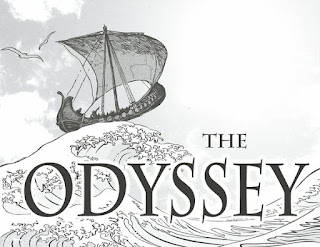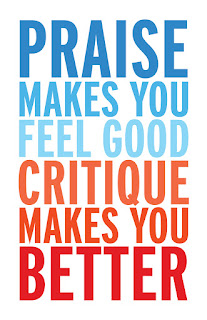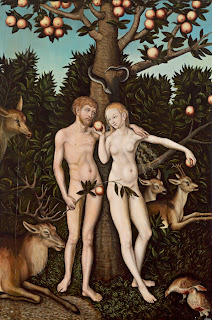Adam and Eve reading notes: Bibliography: Adam and Eve Unit · The organization is great because even though it is set up into many different parts, they all intertwine seamlessly. · Whenever setting up the titles of the different parts- allusion to what happens in the story is good, without giving away exactly all that happens. · Even though everyone pretty much knows what the story of Adam and Eve is, every retelling of it can be slightly different. When you retell a story you can keep the original message or theme of the original story while making it your own. · Language- When thinking of the language used, of course it is Biblical which has almost its own type of language. o “And the Lord God said, ‘Behold, the man is become as one of us, to know good and evil: and now, lest he put forth his hand, and take also of the tree of life, and eat, and live forever’ therefore the Lord God sent him forth from the garden of Eden, t






